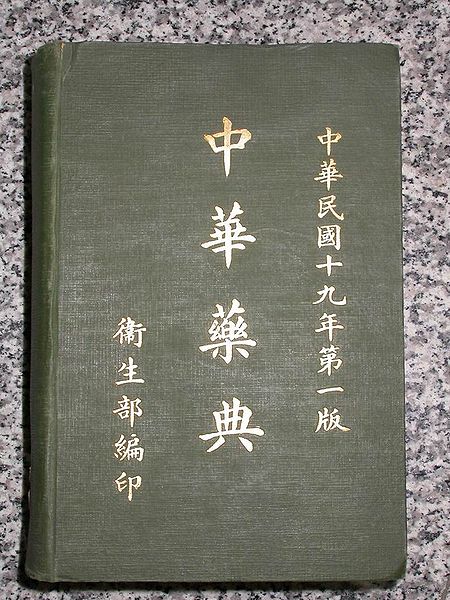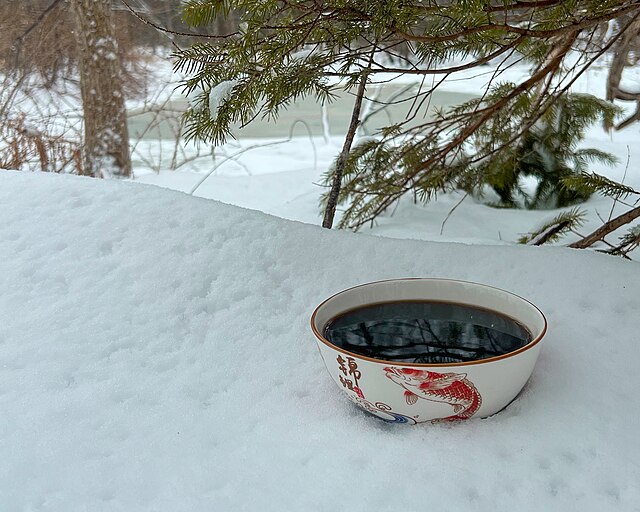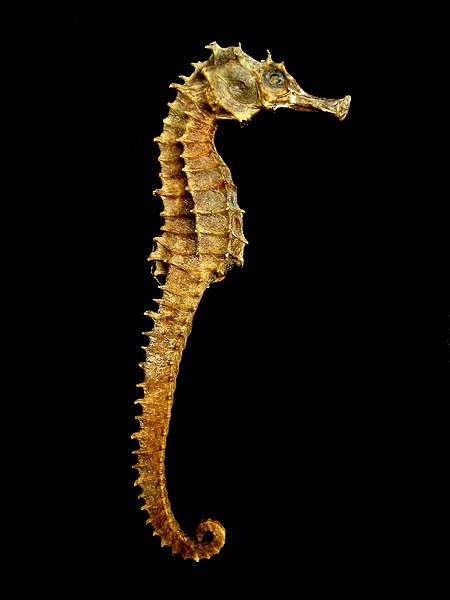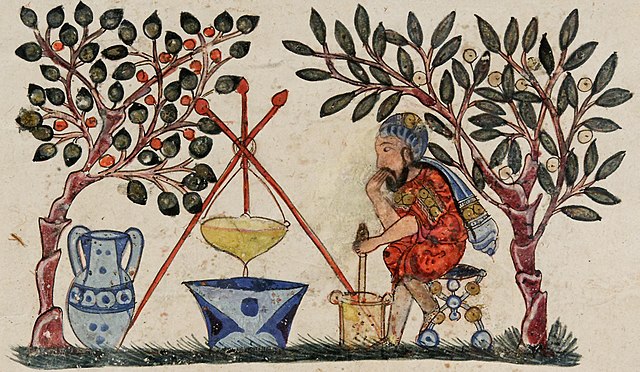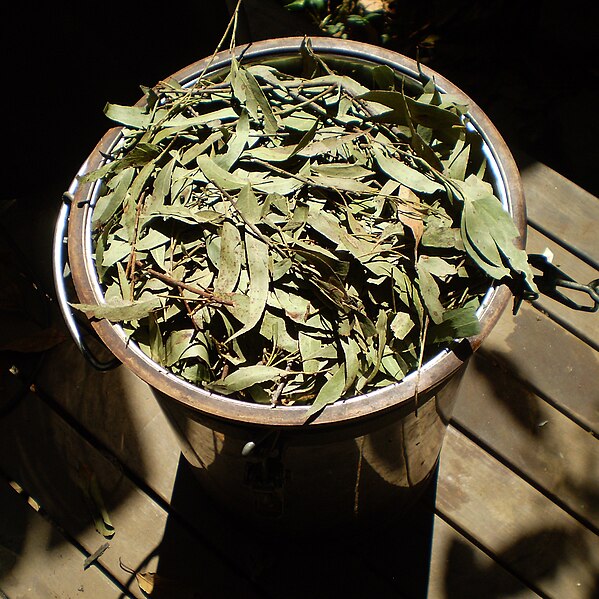Chinese herbology is the theory of traditional Chinese herbal therapy, which accounts for the majority of treatments in traditional Chinese medicine (TCM). A Nature editorial described TCM as "fraught with pseudoscience", and said that the most obvious reason why it has not delivered many cures is that the majority of its treatments have no logical mechanism of action.
Dried herbs and plant portions for Chinese herbology at a Xi'an market
Chinese pharmacopoeia
A traditional Chinese herbal decoction (湯劑/汤剂)
Dried seahorses like these are extensively used in traditional medicine in China and elsewhere.
Herbal medicine is the study of pharmacognosy and the use of medicinal plants, which are a basis of traditional medicine. With worldwide research into pharmacology, some herbal medicines have been translated into modern remedies, such as the anti-malarial group of drugs called artemisinin isolated from Artemisia annua, a herb that was known in Chinese medicine to treat fever. There is limited scientific evidence for the safety and efficacy of many plants used in 21st-century herbalism, which generally does not provide standards for purity or dosage. The scope of herbal medicine sometimes include fungal and bee products, as well as minerals, shells and certain animal parts.
An antique selection of herbal medicines
A physician preparing an elixir, from an Arabic version of Dioscorides's pharmacopoeia, 1224
Leaves of Eucalyptus olida being packed into a steam distillation unit to gather its essential oil
A herb shop in the souk of Marrakesh, Morocco


